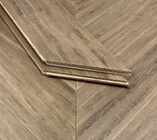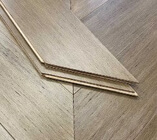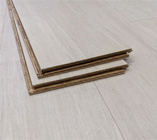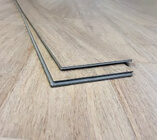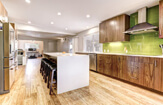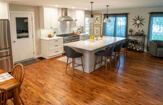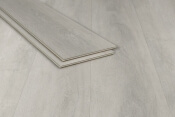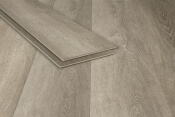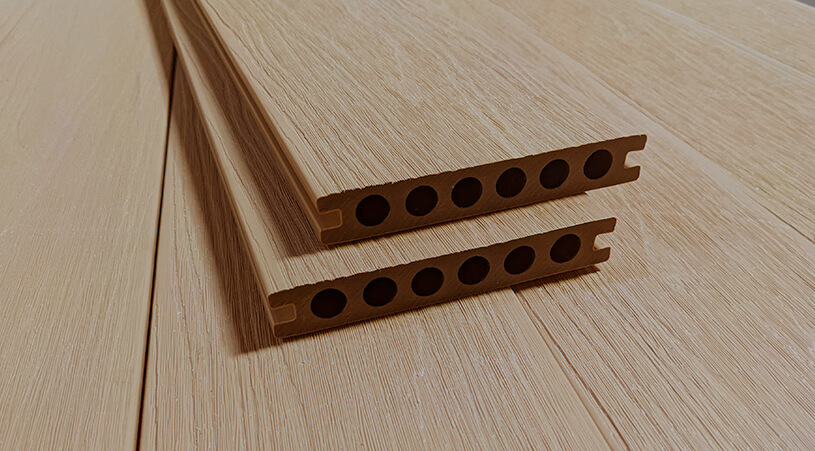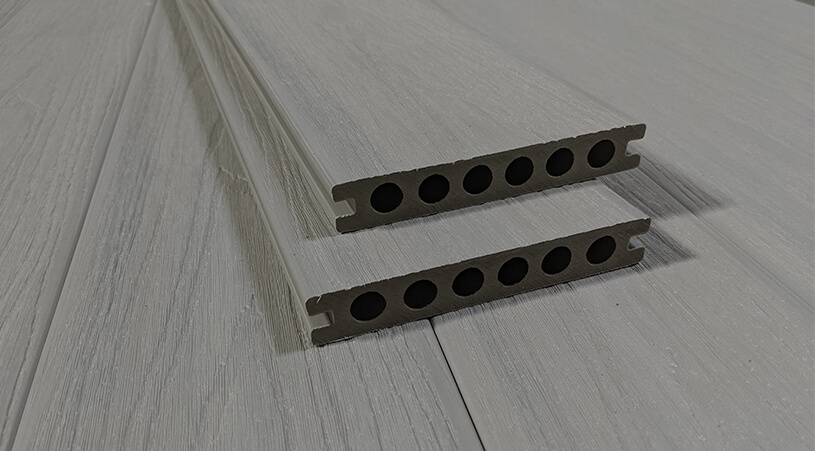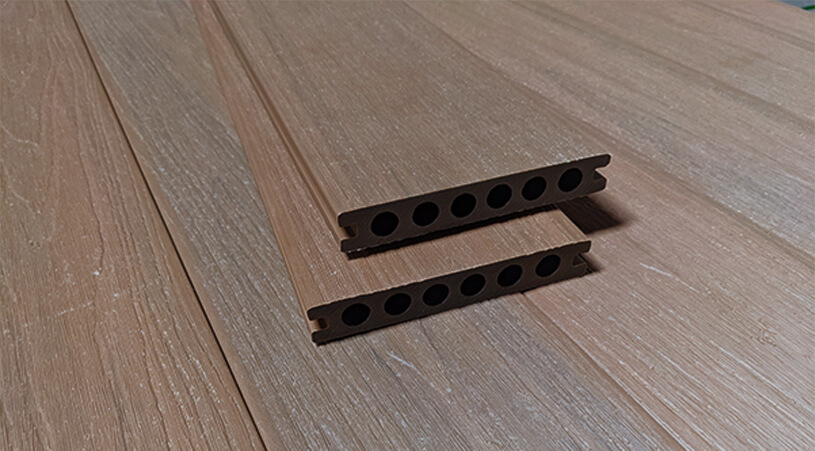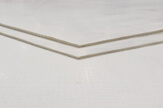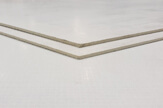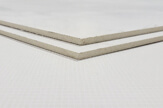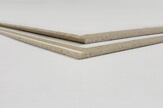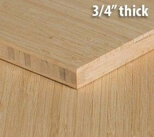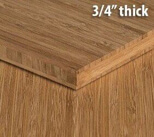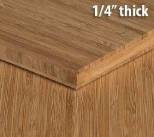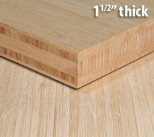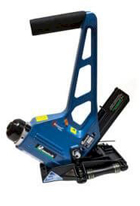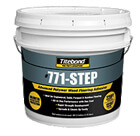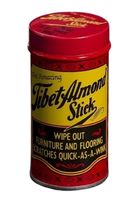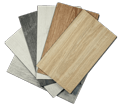Follow the instructions below for a long-lasting, beautiful floors
Cleaning bamboo floors isn't difficult; in fact, it's very similar to cleaning regular hardwood floors. The key is always to use a slightly damp mop in combination with an approved hardwood floor cleaner for polyurethane finishes. Swiffer wet-jet mops work well, as do microfiber mops. Spray the cleaning solution as a light film over the floor, then mop gently in a circular pattern, applying extra pressure to areas with more dirt or grime. Wipe up any excess water on the boards to prevent moisture penetration and long-term damage.
Please note that the instructions on this page are meant to serve as a general guide only and are not complete. To download the full bamboo floor care guide and requirements please click the button below.
General guidelines
- 1 Keep Your Humidity Settings Constant
Remember that you'll need to keep your interior humidity between 40%-60% via the use of a humidifier or dehumidifier if necessary.
- 2 Avoid Mineral Spirits, Vinegar & Harsh Cleaners
Use approved hardwood and bamboo floor cleaners like Bam-Brite Hard Surface Floor Cleaner). Never use mineral spirits, vinegar, turpentine, or paint thinner to clean your bamboo flooring, as they may damage your finish.
- 3 Don't Wet Mop Your Bamboo Floor
Be sure not to use a wet mop or leave any excess water on your floor while performing bamboo floor maintenance.
- 4 Don't Steam Mop Your Bamboo Floor
Please note that using a steam mop on your floors will void your warranty and may cause irreparable damage. For further reading please visit this page.
- 5 Avoid Leaving Puddles Of Liquid On The Floor
Like with any wood floor, preventative bamboo floor maintenance involves avoiding leaving puddles of liquid on the floor for more than 24 hours, as this may mark the finish. Leaving pet urine on the flooring surface for extended periods (10 or more hours) will affect almost every floor (wood, concrete, carpet, laminate, etc.), so you will want to be mindful to clean up pet urine as soon as accidents occur. We recommend placing protective rugs or mats under pet bowls/dishes to avoid water forming in puddles on the flooring.
- 6 Always Test Cleaners On A Sacrificial Plank
To be sure you will not damage your floor, always test any chemicals or cleaners on an extra/leftover flooring plank to see what the final effect will be.
- 7 Use A Chair Mat Under Rolling Office Chairs
Always use a chair mat under a rolling office chair or your finish will wear away (this is true of all wood floors). Only use chair mats that are approved for use over wood flooring as some chair mats trap moisture or cause other problems that may compromise the finish.
- 8 Always Use Rug Pads
To avoid damaging hardwood and bamboo floors it is always recommended that you use natural rubber or felt rug pads under all rugs. Furthermore, beware of using rug pads that are not breathable as they can trap moisture that can damage your finish. Natural rubber that has a breathable design is recommended over PVC (polyvinyl chloride) pad, as are 100% felt rugs or felt rug pads.
Keep Your Humidity Settings Constant
Remember that you'll need to keep your interior humidity between 40%-60% via the use of a humidifier or dehumidifier if necessary.
Keep a few planks
After installing your bamboo floors, keep at least a few extra planks to use as possible replacement boards or to test with new cleaning solutions. (If damage occurs or the finish is dulled from using a bamboo cleaner, it is better to find out on an extra plank than on your new floor.)
Avoid wet spills
Bamboo flooring has properties similar to wood flooring, so never leave any standing water on your floor. In case of a spill, be sure to clean up the mess as quickly as possible.
Avoid Covering & Protect Against UV
Do not cover the floors with construction paper or plastic for extended periods of time. Construction paper and other protective floor coverings have the potential to cause discoloration in wood and bamboo floors due because they result in uneven light absorption. Plastic membranes may cause a build-up of humidity and can result in cupping or other moisture imbalance problems.
All hardwood and bamboo floors will fade and change color over time if left in direct sunlight for extended periods of time. We recommend installing UV protection film on all windows to help protect against fading, and frequently rotating rugs and furniture to avoid sun spots.
Clean regularly
For routine cleaning of your polyurethane ( Accuseal Ultra® Finish System) finish bamboo floor, we recommend an approved an approved bamboo floor cleaner or a hardwood floor cleaning system such as Swiffer Wet Jet (with hardwood solution) or Bona Hardwood Cleaning System. For any other bamboo cleaners we recommend that you test the cleaning system on an out-of-the-way area first to ensure it doesn't damage the finish.
Otherwise you can also use a soap-based concentrate solution that is approved for pre-finished wood floors. First, use a good broom or microfiber dry mop to remove excess dirt and debris from your floor. Second, pour 1/5th of an approved hardwood floor cleaner into a half a bucket of warm water. Third, dip your mop into the bucket but then ensure to completely wring out all water from it leaving it only lightly damp – then use this lightly damp mop to clean the floor.
Be sure not to use a wet mop or leave any excess water on your floor. Do not use Orange Glo® products on your bamboo flooring as they may ruin the finish.
Important Note About Hardwax Oil Floors: Hardwax oil floors require oiling every 6-12 months, in addition to regular cleaning with specific soaps that are specially-designed for oil finishes. It is required that you follow the hardwax oil maintenance instructions.
Surface/finish scratches
Like with wood floors, micro-scratches can occur on the surface of bamboo and eucalyptus floors too. Check out our article How To Repair Bamboo Flooring Scratches Our finishes are designed to protect your bamboo flooring from long term damage. If scratches occur, first try to buff them out using a soft rag along with an acceptable hardwood floor cleaner. If that fails to diminish the micro-scratch, we recommend trying the products below:
WearMax Scratch Concealer for Hardwood Flooring - This can be purchased from several online retailers
Wood Floor Repair Markers - Available at Bed Bath & Beyond, most big box stores, and from several online retailers
We have also found that in some cases these scratches will "buff out" on their own after a few months of normal foot traffic.
Deeper grooves & gashes
Large grooves or gashes can be avoided via the use of furniture pads under the legs of all heavy furniture including tables, chairs or couches. Take all the precautions you can when moving any type of furniture on your floor to avoid damage. If a large gouge occurs, you can try Timbermate or Picobello floor repair kits. If that is unsuccessful, you have three options, which may require the help of a flooring professional:
Repair: Flooring professionals can repair certain gashes and gouges. They will use floor putty of fill kits such as Timbermate or Picobello floor repair kits to fill the existing gouge and finish that small section with a new coating, but they may also be able to use urethane. Please check with your floor installer to see if this option is available to you.
Replace: Replacing a bamboo flooring board can be very tedious and, depending on the location of the damaged board, nearly impossible, however experiences carpenters or installers using the right tools can manage this.
Refinish: Ambient bamboo floors can be refinished. Refinishing a floor is a process of sanding down the floor to remove all scratches, gashes and dents. Once the floor is smooth and flawless, a new protective coating is applied, unveiling an almost brand-new floor. You will want to use a polyurethane finish; some installers have had good results with the Lenmar brand.
Cured adhesive left on top of flooring
Warning: once adhesive cures on a wood flooring surface it is almost impossible to remove, and doing so may leave behind a dulled effect/area on your floor.
For Polyurethane finish floors only (not hard wax oil finishes), you can try the following method to remove the cured glue:
- 1. Pour a small amount of liquid from a Bostik Urethane Adhesive Remover product on the glue spot, or squeeze a small amount of remover from a Bostik Adhesive Remover Towel.
- 2. Let it sit for about 15 minutes.
- 3. Wipe the area clean.
- 4. Apply adhesive remover again to the same spot.
- 5. Let it sit for about a minute.
- 6. Use a Mr. Clean® Magic Eraser® to remove cured glue.
- 7. Clean the area well.
- 8. If the steps above do not work, your only option may be to cut out and replace the flooring planks.
Oily residue adhesive remover
If adhesive remover leaves an oily residue on your floor:
- 1. Wipe the area with a warm damp rag, which helps to loosen the oil.
- 2. Wipe the area with a dry rag to soaks up and take away the oil.
- 3. Thoroughly clean the floor with an approved bamboo floor cleaning solution, following the instructions above.
- 4. Repeat if necessary.
If you have a large room, work in sections to ensure that the damp rag is followed by the dry rag while the oils are still loose.
Cleaning with Wax & Soap
Save the wax for your car! Your bamboo floors don’t require it and will catch a lot of additional dirt and debris, making your floors look dingy and dirty. Instead of waxing your floors, consider using a urethane finish approved by a reputable bamboo flooring dealer. Oil soap and oil soap products should not be used on bamboo floors. The soap can cause the protective layer of the bamboo planks to peel right off. Again, it’s best to clean with an agent that is PH balanced and has come recommended by the supplier you purchased your bamboo floors from.
Brushes & Abrasive Detergents
Bamboo is a very durable and resilient floor. That being said, it is susceptible to scratching just like hardwood floors (see our side-by-side comparison of bamboo flooring vs. hardwood flooring). For this reason, you should avoid using a hard or stiff brush to scrub your bamboo flooring. Always use a soft cloth or soft microfiber brush to clean your floors. Not all detergents are created equally, and care should be taken to read labels carefully. Abrasive detergents can corrode bamboo floors, so always use a non-abrasive detergent and follow your bamboo floor packaging’s cleaning instructions. Also, you don’t have to use a whole bottle for cleaning; apply the detergent sparingly using a spray bottle, so the cleaning agent doesn’t pool on your floor.
I accidentally damaged or wore through my finish, what do I do now?
We recommend that you enlist the help of professionals to assist you with finish repairs as they can be tricky. If you are confident that you can make the repair on your own, we advise that you practice your method first on a sacrificial flooring plank or area in the installation. You may use a buffer with varying 80/12/150 screens to achieve the desired smoothness and follow up with a matte-finish oil-based polyurethane for coating.
I'd like to add a protective coating or layer to my floor, how do I do that?
We've had some installers report positive results with using the following methods:
Option 1: first use two sealer layers of the Basic Commercial Catalyst Sealer on bottom and then apply two layers of Basic Street Shoe on top.
Option 2: Use IFT, water rinse, use Squeaky cleaner, apply TYKECOAT, then finish with Basic Street Shoe.

